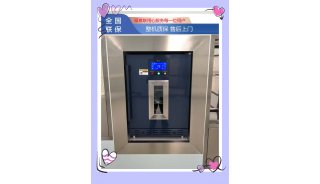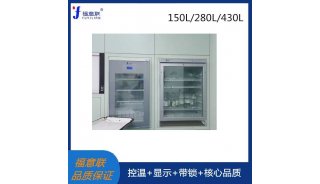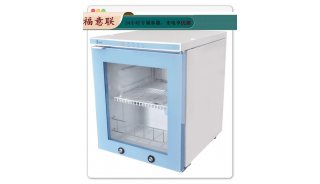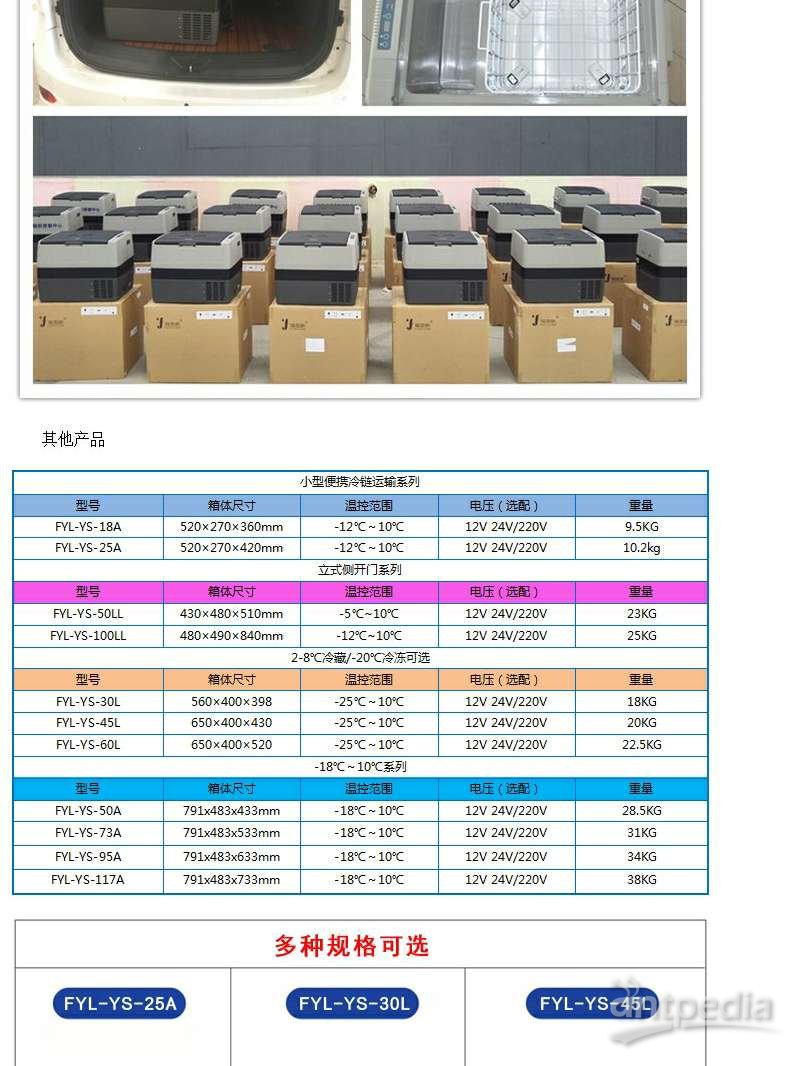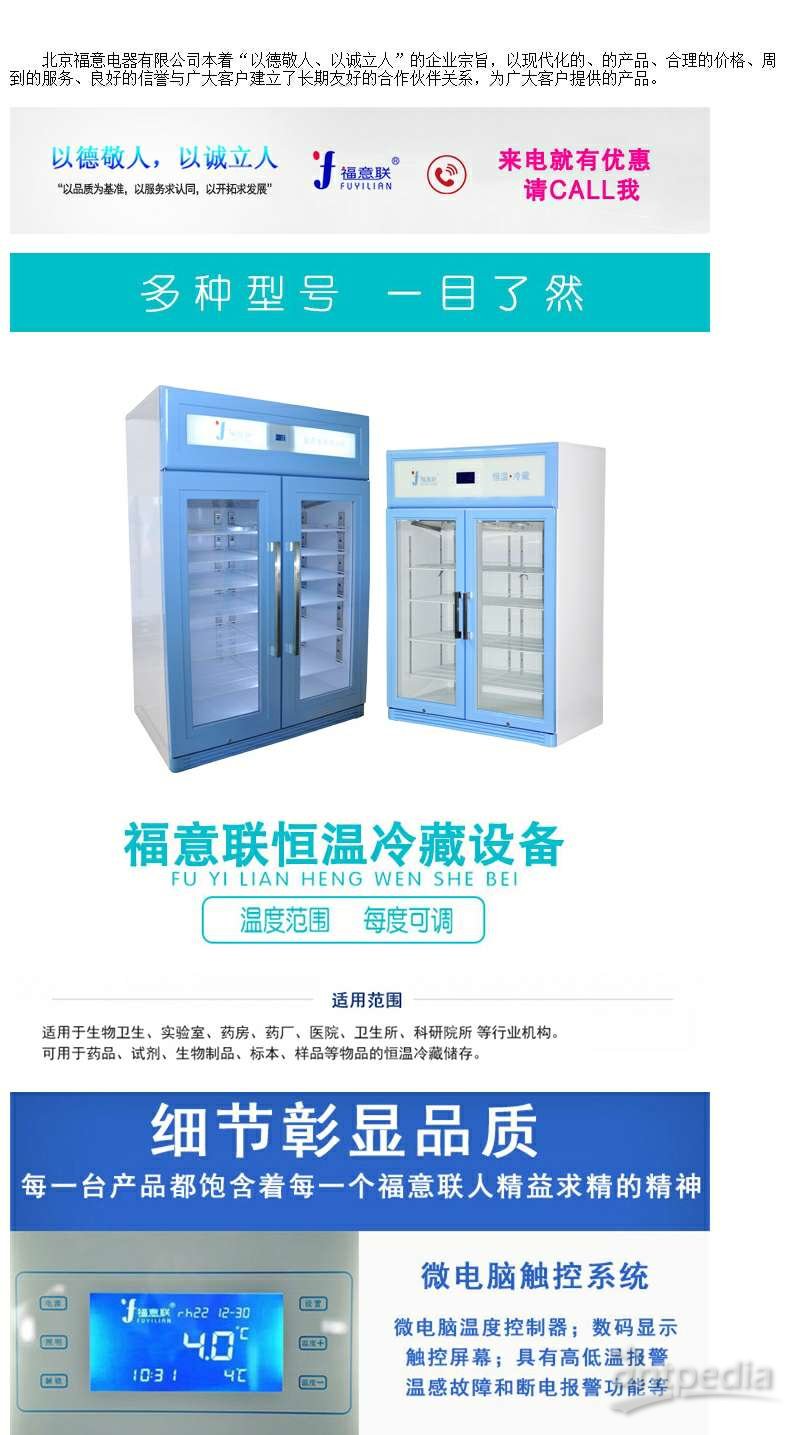使用CO2恒温摇床解决人胚肾 293 (HEK293) 细胞结团问题
人胚肾 293 (HEK293) 细胞在重组蛋白表达中是最常见的宿主细胞。 这类细胞能够表达大量的膜蛋白,如 G 蛋白偶联受体 (GPCR) ,是无法在最常见的生物制药生产宿主,如:中国仓鼠卵巢 (CHO) 细胞中作表达。 HEK293 虽然是蛋白表达的极好宿主,然而 HEK293 细胞在大规模悬浮培养细胞其结团的问题限制了其在生物过程中的使用。近来许多公司都开发了特殊的培养基配方和抗结团剂,以协助解决这个问题。
本文为一成功案例利用 New Brunswick S41i CO2 恒温摇床进行人类重组蛋白表达的HEK293细胞系从血清贴壁培养驯化至无血清单细胞悬浮培养。驯化过的HEK293细胞系如同典型不结团的悬浮细胞系。我们预期这类细胞系能在生物过程中进行标准的批次或流加培养,如同传统的CHO细胞在搅拌式生物反应器进行扩增培养。
Solving the Aggregation Problem of Human Embryonic Kidney 293 Cells Using the New Brunswick™ S41i CO2 Incubator Shaker
Author
Stacey Willard and Ma Sha
Eppendorf, Inc., Enfeld, CT, USA
Corresponding author: sha.m@eppendorf.com
Abstract
Human
embryonic kidney 293 (HEK293) cells are among the most versatile hosts
for recombinant protein expression. These cells are capable of
expressing large membrane proteins such as G protein-coupled receptors
(GPCRs) that are often not properly expressed by even the most popular
biopharmaceutical production hosts such as Chinese hamster ovary (CHO)
cells. Although an excellent host for protein expression, the issue of
cell clumping in large-scale suspension culture of HEK293 cells has
limited its use in bioprocess. Recently, many commercial entities have
developed specialty media formulations and anticlumping reagents to help
combat this issue. Here, we show a successful example of the adaptation
of a human recombinant protein-expressing HEK293 cell line from
serum-supplemented attachment culture to serum-free single cell
suspension culture using the New Brunswick S41i CO 2 incubator shaker.
This adapted HEK293 cell line behaves like a typical aggregationless
suspension cell line. We expect that such a cell line can be used in
bioprocess applications using the typical batch or fed-batch methods
established for conventional CHO cell culture in stirredtank
bioreactors.
Introduction
Within the
biopharmaceuticals market, the most utilized model systems for protein
production are, by far, mammalian cell lines. Although CHO cells make up
the largest portion of these cell lines, some proteins still require a
human intracellular environment for proper folding, post-translational
modifcation including glycosylation, and function. For this reason,
bioprocess applications involving HEK293 cells have become more relevant
[1, 2]. This versatile human cell line benefts from a long history,
extensive characterization, and successful protein expression in both
transient and stable formats using plasmid and adenoviral vectors. In
fact, in the case of the biopharmaceutical drug Xigris (activated
Drotrecogin alfa), CHO cells were an inadequate host due to improper
glycosylation which rendered the drug unsuitable for human injection.
Used in the treatment of sepsis and marketed by Eli Lilly and Company,
Xigris was the frst biopharmaceutical generated in HEK293 cells to
receive FDA approval [3 – 5].
Recently, a number of studies have
begun to reexamine HEK293 cells as a platform for recombinant protein,
vaccine, and biosimilar manufacturing [1, 2]. One such example involves
the hemophilia treatment, recombinant coagulation factor VIII (rFVIII).
Although classically produced in CHO or baby hamster kidney (BHK) cells,
multiple recent reports have investigated the feasibility of changing
the host cell line to HEK293 [6, 7]. In CHO, the expression levels of
rFVIII are low, leading to higher production costs correlating with
higher biomass requirements. In addition, possibly owing to the improper
protein processing that can occur in non-human host cell lines, the
protein is not efciently secreted. Preliminary studies indicate that
using HEK293 as a host increases manufacturing efciency, reduces.
costs, and eliminates the inclusion of immunogenic post translational modifcations [8].
Several
problems have plagued large-scale HEK293 cell culture. Among them, one
of the biggest hurdles has been that HEK293 cells tend to aggregate in
suspension culture, especially at high cell density. Cell clumping in
suspension culture is extremely detrimental to a growing population
since it restricts the cells inside of the clump from access to sufcient
oxygen and necessary nutrients, leading to increased cell death and
toxin accumulation. To combat this well-known problem, many specialty
media formulations and protocols are now commercially available and a
number of anti-clumping reagents have been developed. Here, we aimed to
evaluate the effectiveness of various anti-clumping methods using a
commercially available human membrane protein-expressing HEK293 cell
line. First, we demonstrate that the adaptation of protein-expressing
HEK293 cells without cell clumping can be accomplished in a single step
in the New Brunswick S41i CO 2 incubator shaker. Second, we show that
the large 35 x 61 cm shaking platform of the New Brunswick S41i allows
for the simultaneous evaluation of a large matrix of cell culture
methods with multiple media formulations and varying doses of
anti-clumping reagents.
Materials and Methods
Attachment cell culture
Untransfected
HEK293 cells used for control experiments were obtained from the
American Type Culture Collection (ATCC®, CRL-1573™). HEK293 cells
expressing hemagglutinin-tagged human Toll-like receptor 4 (hTLR4- HA)
were purchased from InvivoGen® (293/hTLR4-HA). 293/hTLR4-HA cells were
created by stably transfecting HEK293 cells with a pUNO-hTLR4-HA
plasmid. This plasmid encodes the hTLR4 gene fused at the 3’end to the
influenza HA tag. The addition of the HA tag was shown to have no
deleterious effect on the expression and function of the hTLR4 protein by
InvivoGen [9]. Both cell lines, 293 and 293/ hTLR4-HA, were initially
cultivated in Dulbecco’s modifed Eagle medium (DMEM, Life Technologies®,
11960-044) supplemented with 4 mM L-glutamine (Life Technologies,
25030-149), 10 % Heat Inactivated Fetal Bovine Serum (HI-FBS, Life
Technologies, 10438-026) and 1 X penicillin/ streptomycin (Life
Technologies, 15140-122). For the 293/ hTLR4-HA cells, the medium was
also supplemented with 10 µg/mL blasticidin (InvivoGen, ant-bl-1). All
attachment cultures were grown in T-75 flasks and incubated at 37 ˚C with
5 % CO 2 on the static shelf of the New Brunswick S41i CO 2 incubator
shaker. Standard cell culture techniques were used including passaging
using trypsinization with 0.25 % Trypsin-EDTA (Life Technologies,
25200-056).
Figure 1: The New Brunswick S41i CO2 incubator shaker Suspension cell culture methodology
Adaptation
to suspension culture was carried out using multiple methods (Table 1).
Each method is comprised of a commercially-available base medium to
which standard cell culture supplements such as HI-FBS and L-glutamine
were added according to the manufacturer’s adaptation protocol. In order
to maintain plasmid stability and expression, blasticidin was added to
each media formulation at an initial dose of 5 µg/mL. The manufacturer’s
protocol for inoculation and passaging was strictly followed. For
example, the 293 SFM II medium protocol recommended a seeding density of
3 x 105 cells/mL, while the EX-CELL 293 medium recommended 6 x 105
cells/mL. These guidelines were followed in all cases. Cells were
cultivated in single-use 125 mL vented-cap Erlenmeyer flasks (VWR®,
89095-262) with incubator shaker conditions set at 125 rpm, 8 % CO2, and
37 ˚C. The cells were analyzed periodically (at least every 72 hours)
by taking a 1 mL sample and evaluating three parameters: cell density, %
viability, and cell clumping. Viable cell density and viability were
determined using a Vi-CELL® automated cell counter (Beckman Coulter®)
and cell clumping was evaluated by visual inspection under 10 X
magnifcation using an EVOS® FL imaging system (LifeTechnologies).
As
shown in Figure 2, cell clumping was assigned a score from (–)
indicating no clumping to (+++) representing large cell masses, based on
the relative size of the cell clumps. Note that once a method was
successful in producing a suspension culture that satisfed the three
criteria (serum-free, no aggregation, and viable in the presence of
Figure 2: The evaluation of clumping in suspension 293/hTLR4-HA cells:
A: Cells formed large aggregates containing > 50 cells, this culture
received an aggregation score of (+++). B: Successful adaptation in
which the culture showed no evidence of cell clumps greater than 2 – 4
cells; this culture was given a (–) for aggregation. Both images were
taken at the same magnifcation (100 X), scale bars represent 400 µm in
both panels. blasticidin), no more modifcations to the other methods
were attempted. Therefore, full optimization of the media and conditions
was not carried out and we do not know if other formulations would be
successful with further experimentation. In addition, although
blasticidin selection is required for this cell line, it may not be
necessary for other protein-expressing HEK cell lines.
Figure 2: The evaluation of clumping in suspension 293/hTLR4-HA cells:
A: Cells formed large aggregates containing > 50 cells, this culture received an aggregation score of (+++).
B:
Successful adaptation in which the culture showed no evidence of cell
clumps greater than 2 – 4 cells; this culture was given a (–) for
aggregation. Both images were taken at the same magnifcation (100 X),
scale bars represent 400 µm in both panels.
Table 1: Culture methods used to adapt adherent 293/hTLR4-HA cells to serum-free single cell suspension culture
Lysate preparation and western blotting
Protein
lysates were created by harvesting the cells from confluent T-flasks or
from suspension cultures at high density. Lysates were prepared from
attachment 293 and 293/hTLR4-HA cells as well as from suspension-adapted
293/hTLR4-HA cells grown in EX-CELL 293 medium in the presence of 5
µg/mL blasticidin. The harvested cells were washed with Dulbecco’s
phosphate buffered saline (DPBS, Life Technologies, 14190-144) and
resuspended in the lysis buffer formulation recommended by InvivoGen
(Table 2). Before use, the lysis buffer was sterile-fltered and Halt™
protease inhibitor single-use cocktail (Thermo Fisher Scientifc®, 78430)
was added at a fnal concentration of 1 X. After incubation in lysis
buffer on ice for 20 min, the lysate was cleared by centrifugation at
maximum speed in an Eppendorf Centrifuge 5430 R with a fxed-angle rotor
at 4 ˚C for 20 min. The cleared lysates were stored at -80 ˚C in a New
Brunswick Premium U570 freezer to preserve protein integrity until
western blotting. The protein concentration of each lysate was
determined using the Pierce® BCA protein assay kit (Thermo Fisher
Scientifc, 23227).
SDS-Polyacrylamide gel electrophoresis (SDS-PAGE)
and subsequent immunoblotting were carried out using the following kits
from Life Technologies. First, SDS PAGE was performed using the Bolt™
mini gel system (B4477599) with the accompanying 4 – 12 % Bis-Tris plus
gels (BG04125BOX), MOPS buffering system, and PVDF membranes (B0001 and
LC2002, respectively). 20 µg of each sample was loaded and after
transfer, the membranes were probed with a mouse anti-HA Tag antibody
(InvivoGen, ab-hatag) at a 1:1000 dilution. Detection was performed
using the WesternBreeze® chromogenic western blot immunodetection kit
(Life Technologies, WB7103) with the included anti-mouse secondary
antibody, according to the manufacturer’s instructions.
Immunofluorescence
Attachment
293 and 293/hTLR4-HA cultures were subjected to immunostaining
according to the protocol outlined previously [10]. A mouse Anti-HA Tag
primary antibody was used at a 1:1000 dilution to detect expression of
the hTLR4-HA protein combined with an Alexa Fluor® 594 goat anti-mouse
secondary (Life Technologies, A-11005). Samples were counterstained with
the nuclear dye, 4’, 6-diamidino- 2-phenylindole (DAPI), using ProLong®
gold antifade mountant (Life Technologies, P-36931). Cells were imaged
as described above.
Table 2: Lysis buffer formulation as recommended by InvivoGen
Results and Discussion
Expression of hTLR4-HA in 293 cells
To
confrm that 293/hTLR4-HA cells expressed the tagged hTLR4 receptor,
attachment cells were stained with a mouse antibody raised against the
HA tag and detected with a fluorescent anti-mouse secondary antibody. As
Figure 3 illustrates, varying levels of expression of hTLR4 were
detected in transfected cells, while no signal was found in
untransfected cells. These data indicate that the transfected cells may
represent a pool of transformants instead of a clonal population of
cells. More uniform expression may be obtained if a clonal population
was established.
Adaptation of 293/hTLR4-HA to serum-free single cell suspension culture
To
adapt a human membrane protein-expressing 293 cell line to serum-free
suspension culture without aggregation, 293/hTLR4-HA cells were
subjected to multiple culture methods. Each culture was periodically
analyzed for cell viability, density and clumping as described
previously. As Table 3 indicates, varying levels of success were
documented in each category using the tested media formulations;
however, a successful adaptation was only achieved if the cells retained
high viability and grew to high densities in the presence of
blasticidin with no aggregation under serum-free conditions. If cell
clumping was severe (+++), or viability was low, the culture was
discontinued and adjustments to the method were made accordingly. For
example, DMEM with 0 and 1 % HI-FBS resulted in large cell clumps of
over 50 cells in suspension (Figure 2A). Therefore, after 48 h of
culture, the formulation was adjusted to contain anti-clumping agents
such as Pluronic F-68 and Anti clump A, and a new culture was
established from attachment cells. As outlined in Table 3, DMEM was not
able to support suspension cell growth without aggregation in this
experiment. Another formulation, Pro293 s-CDM, was able to sustain the
growth of 293/ hTLR4-HA with serum supplementation, however, when serum
weaning was complete, the cells did not survive for multiple passages
(Figure 4A). Furthermore, it was clear that many cultures seemed to be
extremely sensitive to blasticidin selection during the adaptation
process as indicated by low viability in the days post-inoculation.
Hence, some cultures were allowed to adapt to suspension culture before
blasticidin was re-introduced. The most successful adaptation method
using this strategy was Method 4 (EX-CELL 293) which, after blasticidin
addition,resulted in virtually no cell clumps and reproducible high cell
densities and viabilities without the presence of serum (Figure 4B).
This method was deemed successful for the adaptation of this cell line
to serum-free suspension culture without aggregation and optimization of
the other methods was halted at this stage. Since no further changes to
the other methods were attempted, it not clear whether or not other
methods would have been found successful in future experiments.
Figure 3: hTLR4-HA
expression in untransfected (A) and transfected (B, C) 293 cells. In all
panels, hTLR4-HA is detected in red and DAPI in blue.
A and B: Photographed at 200 X magnifcation, scale bar = 200 µm.
Panel C: Photographed at 400 X, scale bar = 50 µm.
Table 3: Result of suspension cell culture with the methods and formulations tested
Figure 4: 293/hTLR4-HA cell adaptation to suspension culture.
A:
Cells were able to adapt to suspension culture without serum, but died
upon addition of blasticidin (yellow line). When blasticidin was present
at the beginning of adaptation in this method, the cells died rapidly
(data not shown).
B: Successful adaptation to single cell serum-free
suspension culture. The yellow line denotes the addition of blasticidin.
Note that after 45 days, the cells begin to grow reproducibly over
multiple passages at high viability.
Protein expression after suspension adaptation
When
acclimating a cell line to suspension culture in preparation for
scale-up to a stirred-tank bioreactor, it is important to confrm that
protein expression was not impacted by the adaptation process. Whole
cell lysates from untransfected 293 and 293/hTLR4-HA were analyzed for
hTLR4-HA expression by western blotting. As shown in Figure 5, no signal
was detected in whole cell lysates from untransfected (293) early or
late passage adherent cells. In contrast, early passage adherent
293/hTLR4-HA cells expressed a ~97 kDa HA-tagged protein.
Suspensionadapted cells cultured in EX-CELL 293 media with 5 µg/mL
blasticidin expressed an identical band of approximately the same
intensity. This band closely matches the predicted size of the human
TLR4 protein at 95 kDa with ~1 kDa added for the 9 amino acid HA tag.
Although not quantitative, these data indicate that the expression of
hTLR4-HA was not signifcantly impacted by the adaptation process.
Figure 5: Post-adaptation hTLR4 expression confrmation by western blot.
Untransfected (293) attachment cells of early (E; passage 3) and late
(L; passage 21) passage and 293/ hTLR4-HA attachment (A) and
postadaptation suspension (S) cell lysates were probed with anti-HA
antibody and detected by the WesternBreeze chromogenic detection method.
20 µg of protein was loaded in each lane.
Conclusion
The
number of FDA-approved biopharmaceuticals produced in HEK293 cells has
been low, partially due to the wellknown large-scale suspension culture
aggregation issue in bioreactor conditions. In this work, we eliminated
the clumping problem in our HEK293 cell line prior to the bioreactor
production stage, leveraging commercially available serum-free
adaptation methods. We have shown that the adjustment of a membrane
protein-expressing HEK293 cell line to clump-free serum-free suspension
culture can be accomplished by simultaneously testing multiple
adaptation methods in the New Brunswick S41i CO 2 incubator shaker. This
method cuts down on upstream process development time since it can
support adherent and suspension cells simultaneously in the same
chamber. Moreover, the large shaking platform can accommodate up to
twenty-four 125 mL flasks. By eliminating aggregation before the
bioreactor stage, we hope to address one of the major bottlenecks that
has limited the bioprocess potential of this cell line.
Literature
[1]
Liste-Calleja L, Lecina M, Cairo JJ. HEK293 cell culture media study
towards bioprocess optimization: Animal derived component free and
animal derived component containing platforms. Journal of Bioscience and
Bioengineering 2014; 117(4):471-7.
[2] Dietmair S, Hodson MP, Quek
LE, Timmins NE, Gray P, Nielsen LK. A multi-omics analysis of
recombinant protein production in Hek293 cells. PloS One 2012;
7(8):e43394.
[3] Doig CJ, Zygun DA, Delaney A, Manns BJ. Drotrecogin
alfa (activated; Xigris): An effective and cost-efcient treatment for
severe sepsis. Expert Review of Pharmacoeconomics & Outcomes
Research 2004; 4(1):15 – 26.
[4] Levi M, De Jonge E, van der Poll T.
Recombinant human activated protein C (Xigris). International Journal of
Clinical Practice 2002; 56(7):542 – 5.
[5] Larson AM. Xigris: Reducing mortality in adult patients with severe sepsis. Urologic Nursing 2002; 22(3):200-1.
[6]
Fontes AM, Melo FU, Greene LJ, Faca VM, Lin Y, Gerson SL, Covas DT.
Production of human factor VIII-FL in 293T cells using the bicistronic
MGMT(P140K)-retroviral vector. Genetics and Molecular Research : GMR
2012; 11(1):775 – 89.
[7] Swiech K, Kamen A, Ansorge S, Durocher Y,
Picanco-Castro V, Russo-Carbolante EM, Neto MS, Covas DT. Transient
transfection of serum-free suspension HEK 293 cell culture for efcient
production of human rFVIII. BMC Biotechnology 2011; 11:114.
[8]
Valentino LA, Negrier C, Kohla G, Tiede A, Liesner R, Hart D, Knaub S.
The frst recombinant FVIII produced in human cells--An update on its
clinical development programme. Haemophilia 2014; 20 Suppl 1:1 – 9.
[9]
HEK-293 cells stably transfected with human HA-tagged TLR4a gene.
InvivoGen, Inc. 2014 Version # 14G30-MT www. invivogen.com.
[10] Willard S, Philip L, Sha M. Hypoxic Cell Culture in the New Brunswick™ Galaxy® 170R Incubator: Normal Growth, Morphological Changes. 2013. http://www.nbsc.com/fles/AA331_Hypoxia_CO2_Incubators.pdf






